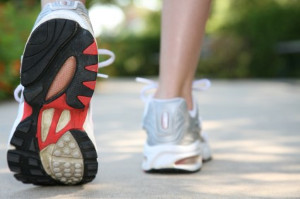
Choosing the right pair of running shoes is vital for runners of all levels, as it can impact performance and prevent injuries. Understanding the different categories of running shoes can help you find the perfect fit for your needs. First, there are neutral shoes, designed for runners with normal arches who require cushioning and support. Then, stability shoes are ideal for runners with mild to moderate overpronation, providing additional support to help stabilize the foot. For those with severe overpronation or flat feet, motion control shoes offer maximum stability and control to prevent excessive inward rolling of the foot. Additionally, minimalist shoes provide a barefoot-like experience, promoting a natural running gait and strengthening foot muscles. Finally, maximalist shoes feature extra cushioning to absorb impact, making them suitable for long distance runners or those prone to joint pain. By understanding these categories and considering factors, such as foot type and running style, you can find the perfect pair of running shoes to support your fitness goals. If you have developed foot conditions from wearing the wrong type of shoes, it is suggested that you consult a podiatrist who can treat your specific foot ailment, and guide you on the right type of running shoes to purchase.
If you are a runner, wearing the right running shoe is essential. For more information, contact Robert Dunne, DPM from Lake Washington Foot and Ankle Center. Our doctor can provide the care you need to keep you pain-free and on your feet.
Choosing the Right Running Shoe for Your Foot Type
To increase performance and avoid the risk of injury, it is important to choose the right running shoe based on your foot type. The general design of running shoes revolves around pronation, which is how the ankle rolls from outside to inside when the foot strikes the ground.
- Neutral runners are able to choose from a wide variety of shoes, including minimalist shoes or even going barefoot.
- Runners who overpronate, or experience an over-abundance of ankle rolling, should choose shoes that provide extra motion control and stability.
- Runners who underpronate, or supinate, have feet that have high arches and lack flexibility, preventing shock absorption. They require shoes with more flexibility and cushion.
If you have any questions please feel free to contact our offices located in Melbourne and Palm Bay, FL . We offer the newest diagnostic and treatment technologies for all your foot and ankle needs.
